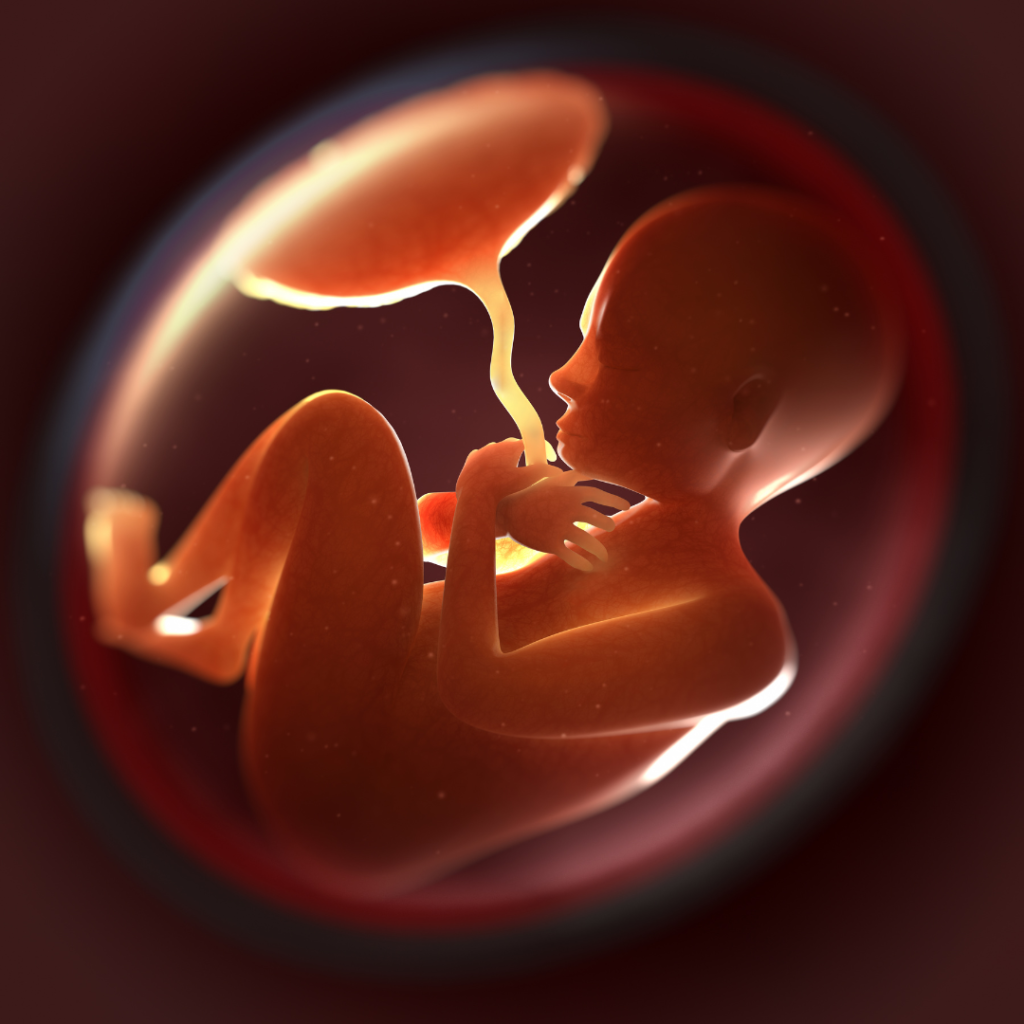Placenta Tissue
Stem Cell
MSCs from the Placental Membrane
Mesenchymal stem cells (MSCs) from the placental membrane can be found in both the placental membrane and amniotic fluid. There is only one opportunity in a lifetime to collect these cells during your child’s birth, with no risk to anyone involved. Recent clinical research studies have shown that MSCs from the placental membrane exhibit excellent potential for future regenerative medicine treatments, particularly for a wide range of degenerative conditions and inflammatory states that currently have no cure.
Role of Placental Membrane MSCs:
- Preserve the integrity of the placental membrane and ensure a safe pregnancy.

Characteristics of Placental Membrane MSCs:
- The ability to proliferate extensively is being highlighted through numerous ongoing clinical studies.
- These cells secrete cytokines that can reduce inflammation and regulate immune responses.
- Like other MSCs, these cells can evade the immune system; they do not express HLA antigens, which the immune system uses to detect foreign cells.

Ongoing Clinical Research:
With their high proliferation potential, MSCs offer opportunities to be used in treating conditions across nearly all systems of the body. Numerous clinical studies are currently exploring the potential of these cells:
- Cardiovascular system
- Respiratory system
- Renal and urinary systems
- Nervous system
- Musculoskeletal system
- Gastrointestinal system
- Hematopoietic and immune systems
- Otorhinolaryngology and ophthalmology
Placental membrane MSCs may become a key component in future regenerative medicine, particularly for degenerative conditions and inflammatory diseases that currently lack effective treatments.

 ไทย
ไทย
